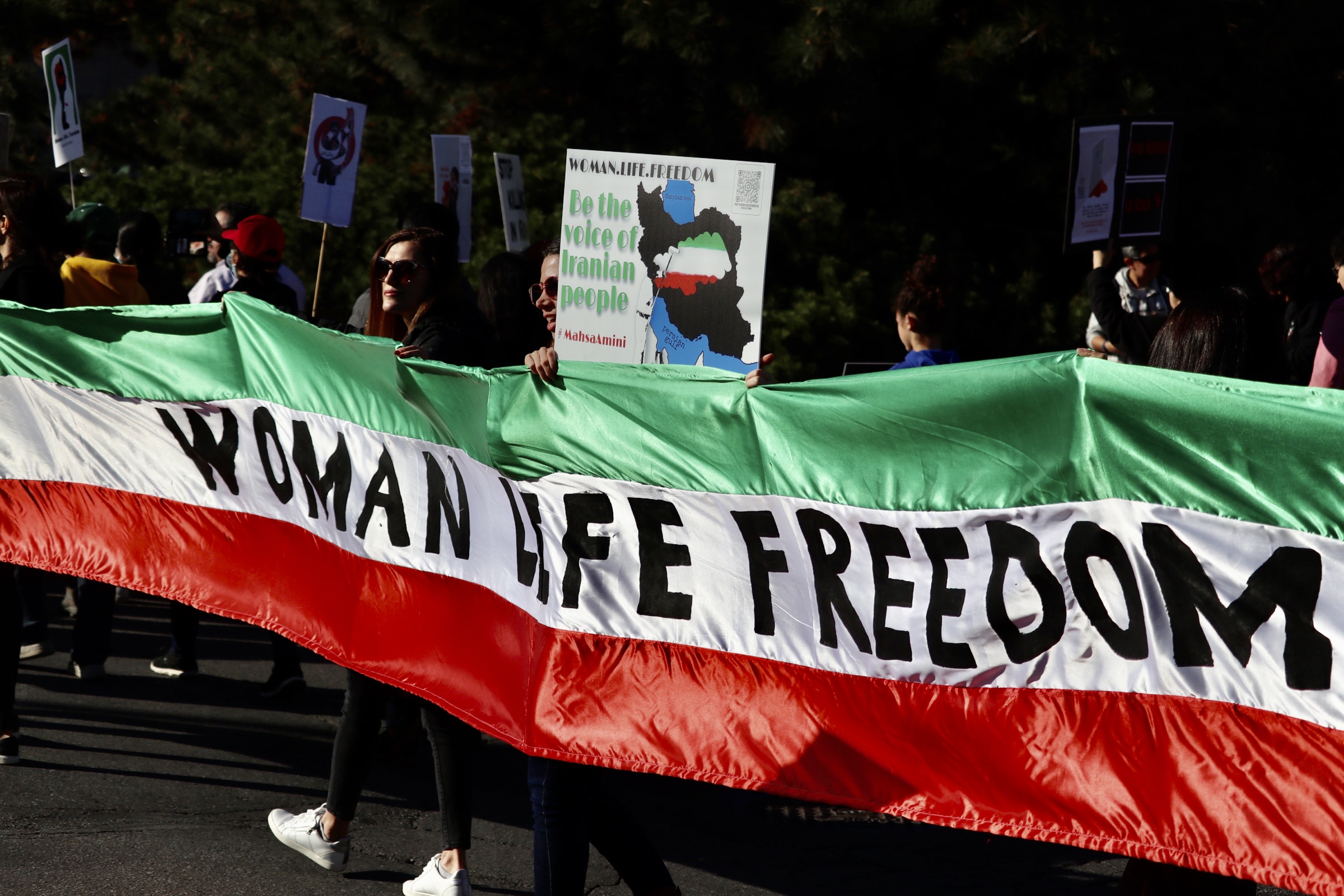
In Asia, the end of 2022 was marked by strong popular protests in two of the world’s most powerful authoritarian regimes: China and Iran. In the first case, the protests, which have since faded, focused on the Chinese government’s questionable health policy and were sparingly directly aimed at the Communist Party. In Iran, the popular protest has reached a magnitude never seen before and is still a serious threat to the ruling power today. Although dealing with different issues and presenting differing dynamics, these movements are similar in that they have obtained concessions from their respective governments, a rarity in these countries where all popular protests have historically been bloodily repressed.
Historically bloody revolts
Throughout the years, China has often experienced regional protest movements, such as in Tibet in 1959 or Hong Kong in 2019. However, these popular movements were very localized and harshly repressed by the government, which never allowed them to spread throughout the country. The last large-scale demonstration in the country was the Tiananmen Square protest in 1989, which gathered millions of people advocating for democratic openness. This movement, bloodily repressed, worried the Chinese government to the point of sacking the then General Secretary Zhao Ziyang, deemed too conciliatory by the Communist Party’s leadership.
Historically, in Iran, the dynamics of popular protest have been quite different. Since the Islamic Revolution of 1979 and the establishment of the Islamic Republic, the country has regularly undergone sporadic popular protests, such as the 2009 protest against an alleged voter fraud leading to the re-election of ultranationalist President Mahmoud Ahmadinejad – and again in 2018 in the wake of economic hardships faced by the country. Both movements were violently repressed and did not lead to any political change in the regime.
Recent disorders
In China, the public’s frustration with the endless lockdowns under the “Zero-COVID” policy has manifested in widespread nationwide protests. The event that set the fire alight occurred on November 24, 2022, in the city of Urumqi, where a fire killed ten people unable to escape because their building was padlocked to enforce the local lockdown. Initially directed solely against the government’s health policy, the demonstrations have seen a growing number of signboards openly criticizing the Communist Party, a rarity in a country where doing so is often met with merciless governmental retaliation.
Three months earlier, in Iran, 22-year-old Masha Amini was arrested by the religious morality police for wearing the hijab improperly and was subsequently beaten to death in custody, despite the government’s repeated denial. This event deeply shocked the Iranian public, sparking widespread anti-government protests. Initially led by women and targeting the mandatory hijab, the revolt now gathers people from all socioeconomic profiles who are raising their voices against the founding principle of the Iranian regime: theocratic rule.
As such, this nationwide revolt differs from previous protests the regime has known. While public protests in Iran have historically been overwhelmingly directed against corruption or economic hardships, regime change has never been raised with this much strength. Today, people demand a fundamental change toward freedom, democratic processes, women’s rights, and even secularism. These ongoing demonstrations display Iranians’ determination to provoke radical political shifts to a degree never seen before – a determination that worries the regime’s leadership to the utmost.
Concessions that reveal much
In both regimes, the authoritarian executives are used to handling public protests by quickly and violently crushing local movements before they spread to the rest of the country. In Iran, the protests have already been repressed in blood, with about 528 confirmed killings by the police since the start of the movement. Repression was not as violent in China, where the police mostly let protesters gather, with some sporadic acts of violence but no official death.
Although accustomed to large-scale protests, the two regimes do not usually concede anything to demonstrators. Yet the dynamics were quite different this time, as both governments agreed to several protesters’ demands. In early December, the Chinese government lifted its most stringent sanitary rules, reducing isolation periods and allowing people who test positive for COVID-19 to remain in quarantine at home instead of placing them in mass quarantine sites. While the Chinese state does not admit it, the protests played a major role in the government’s decision to change its policy, especially in an effort to appease the unprecedented anti-Xi Jinping protests in which people were openly calling for Xi’s resignation.
Finally, in Iran, given the unprecedented magnitude of the protests, concessions went even further to try to appease the crowds. The regime has announced the suspension of the religious police, itself having ignited the people’s anger by murdering Masha Amini in September. This announcement, however, only seems to be a facade, as evidenced by the many figures in the movement who are under no illusion that the regime will continue to enforce moral laws by other means.
While China has succeeded in appeasing the crowds by offering real concessions to the demonstrators, the mullahs’ regime is in turmoil as the demonstrations do not let up. For the time being, Western powers have been reluctant to impose sanctions on Iran out of fear of permanently scuttling the Iran nuclear deal. This apparently does not shake the will of the Iranian people, who seem more than ever determined to repeat the 1979 success story, only this time to establish a secular democracy.
Edited by Marine Matsumura.
The opinions expressed in this article are solely those of the author and they do not reflect the position of the McGill Journal of Political Studies or the Political Science Students’ Association.
Featured image by Taymaz Valley obtained via Flickr under an Attribution 2.0 Generic license(CC BY 2.0).